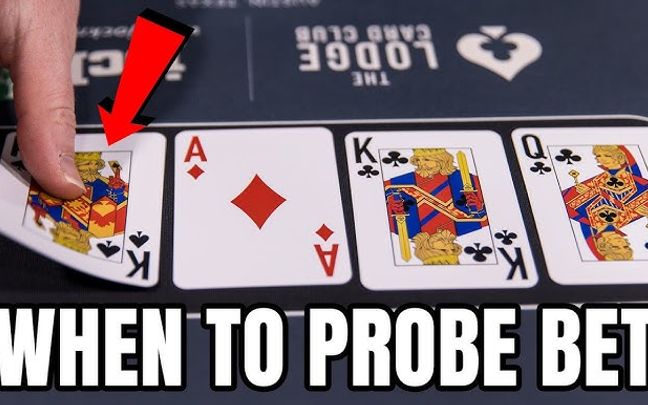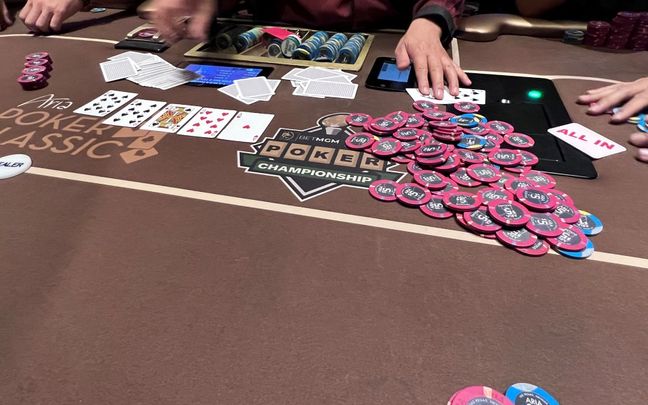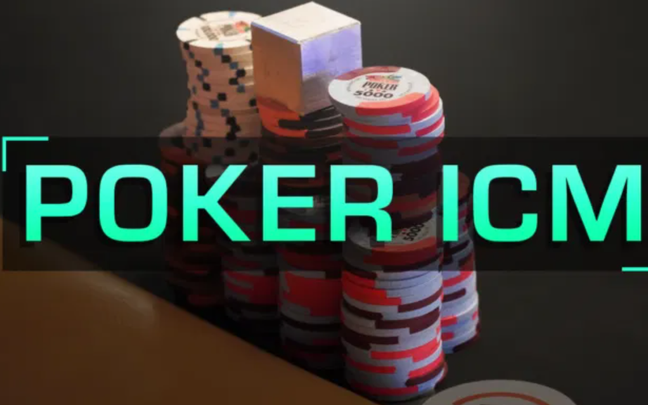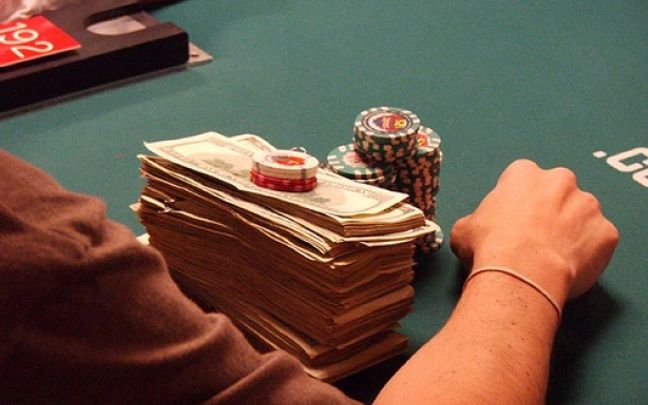Many of you who are just starting to play poker often don't understand what SPR is in poker. This article will clearly explain what SPR is, how to calculate SPR, and tips for using SPR effectively to help you improve your poker skills.

What is SPR in poker?
To answer the question of what is SPR in poker in the most straightforward way, SPR stands for "Stack-to-Pot Ratio". This is an important metric that helps you assess the relationship between the size of your money stack and the size of the current pot.
The formula for calculating SPR is:
SPR = Money Stack Size / Pot Size SPR helps you determine decisions about whether to continue or fold, as well as how to play based on the size of the stack of money versus the pot. For example, a low SPR often suggests that you need to play in a strong and decisive way, while a high SPR may allow you to play slower and have better control over pot size.

Tips for Using High, Medium, and Low SPRs Effectively
After understanding the concept of SPR (Stack-to-Pot Ratio) in poker, you likely recognize that leveraging SPR effectively can optimize your decision-making. Here are some tips based on different SPR levels:
High SPR (Above 10)
-
Play Slow and Control the Pot: With a high SPR, you generally have better control over the pot and can afford to play more cautiously. Consider checking and calling rather than betting or raising to avoid inflating the pot when you’re not completely confident about your hand strength.
-
Create Opportunities for Opponents to Make Mistakes: A high SPR gives you time to wait for opponents to make errors. Allow them to overcommit or enter unfavorable situations where they might make mistakes.
-
Utilize Diverse Strategies: For high SPR situations, you can employ various strategies, from checking to gather information to playing aggressively in later betting rounds.
Medium SPR (Around 5-10)
-
Be Flexible: With a medium SPR, adjust your strategy based on factors such as your opponents and the board. Place targeted bets and consider betting or raising when you have a strong hand.
-
Focus on Value Betting: A medium SPR allows you to make value bets when holding a strong hand while being cautious not to apply excessive pressure on your opponents if you’re not certain.
-
Consider All-In Options: If you believe your hand is strong enough, going all-in can be a viable option. A medium SPR typically makes all-ins more feasible without exposing you to excessive risk.
Low SPR (Below 5)
-
Play Aggressively: With a low SPR, the pot size is close to your stack size, making all-in decisions more common. If you have a strong hand, consider going all-in or making a large bet to capitalize on the situation.
-
Seize Opportunities: A low SPR often indicates that the pot is substantial relative to your stack, so if you have a good hand or think your opponent might call a large bet, use this to maximize value.
-
Be Cautious with Large Bets: If you choose not to go all-in, carefully consider large bets. Ensure you’re not risking too much if you’re not confident in your hand or the situation.
Remember, these tips are general guidelines. Real-world situations may require you to adjust your strategy based on various factors, such as opponents' tendencies, your playing style, and the specific dynamics of the hand.

How to Optimize SPR in Poker
To maintain a favorable Stack-to-Pot Ratio (SPR) in poker, you need to manage your stack strategically and plan your bets carefully. Here are some tips to help you optimize your SPR:
Effective Stack Management
-
Protect Your Stack: Ensure you maintain a reasonable stack size to avoid getting into situations with an excessively low SPR. Avoid overcommitting in scenarios where you are unsure, especially when you have a high SPR.
-
Adjust Your Stack Size Appropriately: Adapt your stack size according to the situation and your opponents. If you have a strong hand and want to create a lower SPR, you can increase your bet to reduce the SPR. Conversely, if you wish to keep your stack larger for a higher SPR, adjust your bets accordingly.
Smart Betting Choices
-
Bet at the Right Time: When you have a strong hand, consider betting or raising to lower the SPR and put your opponents in tougher situations. If you have a weaker hand, opt to check or call to maintain a higher SPR and protect your stack.
-
Monitor Pot Size: Pay attention to the pot size and how your bets impact it. Adjust your bets to control the pot size and SPR in a way that benefits you.
Play Strategically
-
Play Strong and Control: With a strong hand, consider playing aggressively to lower the SPR and maximize value. If you have a weaker hand, manage the pot size to keep the SPR higher and reduce risk.
-
Observe Your Opponents: Watch how your opponents play and adjust your strategy accordingly. If you notice that an opponent tends to bet large, it may be wise to maintain a higher SPR to avoid difficult decisions when the pot gets bigger.
Stay Flexible
-
Adjust Your Strategy: Be prepared to adjust your strategy based on the specific situation. Sometimes, modifying your SPR can provide a significant advantage in a hand.
-
Use SPR to Guide Decisions: Use SPR as a tool to evaluate how you should proceed in a hand. This can help you determine when to bet, call, or fold based on the relationship between your stack and the pot.
Remember, SPR is just one of many factors to consider in poker. Skills such as reading opponents, managing your stack, and understanding specific situations are also crucial for success.

Understanding what SPR is in poker and knowing how to use it effectively can make a big difference in how you play poker. By mastering this concept, you'll make better strategic decisions, from controlling pot size to optimizing all-in situations. Whether the SPR is high, medium, or low, each level requires you to apply specific strategies to optimize your chances of winning. Practice and adjust your SPR-based strategy to become a smart poker player.





























